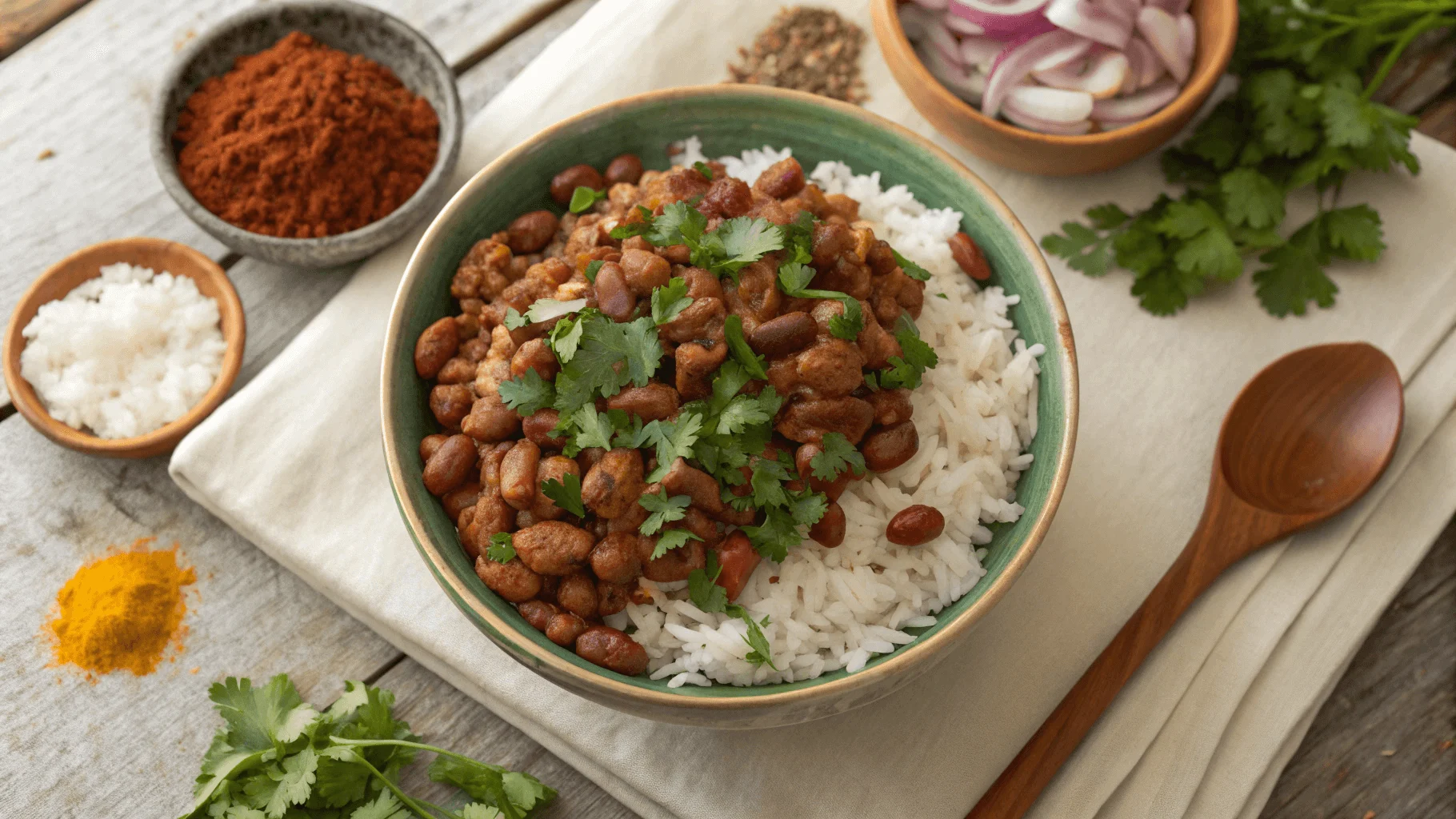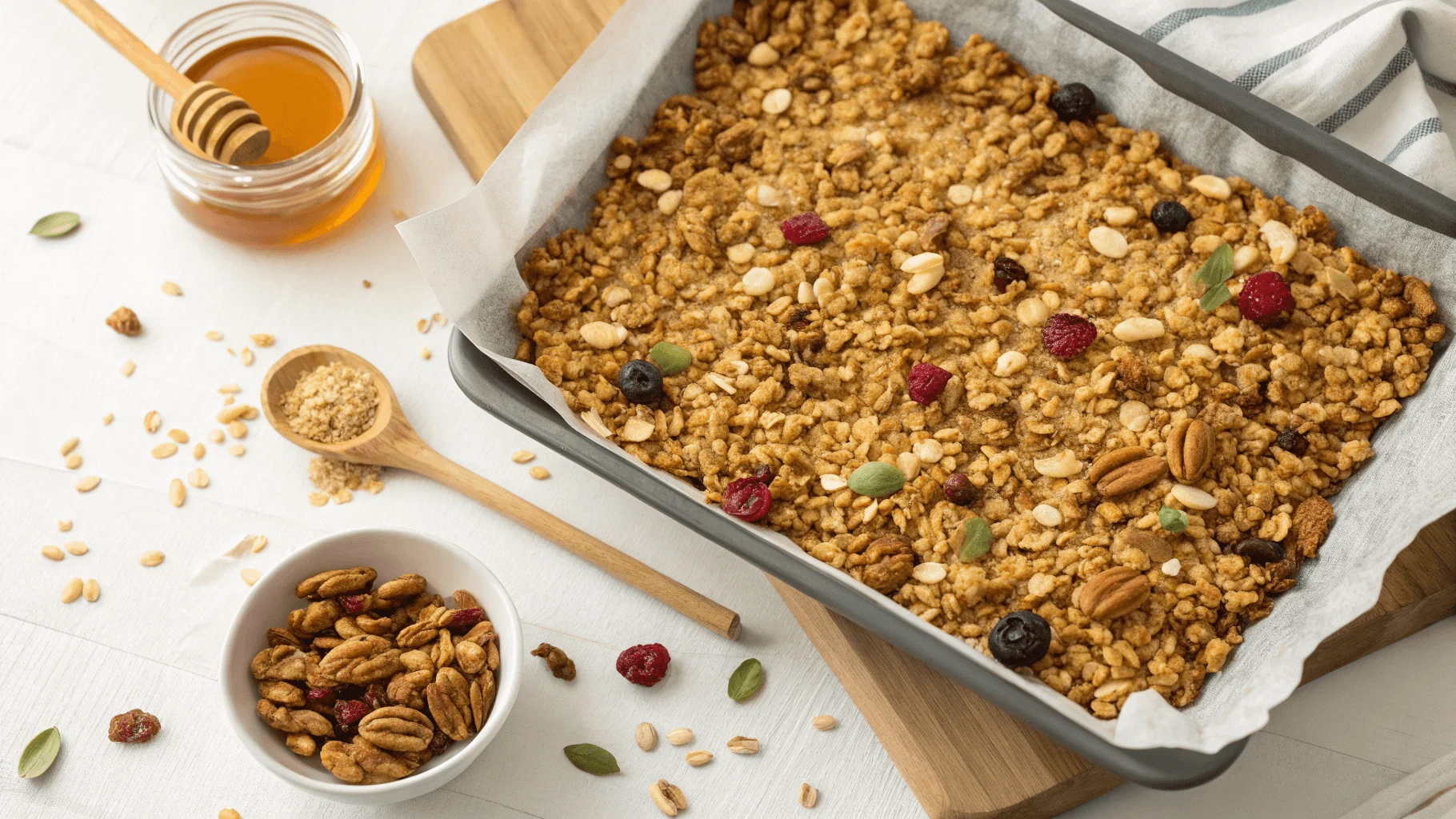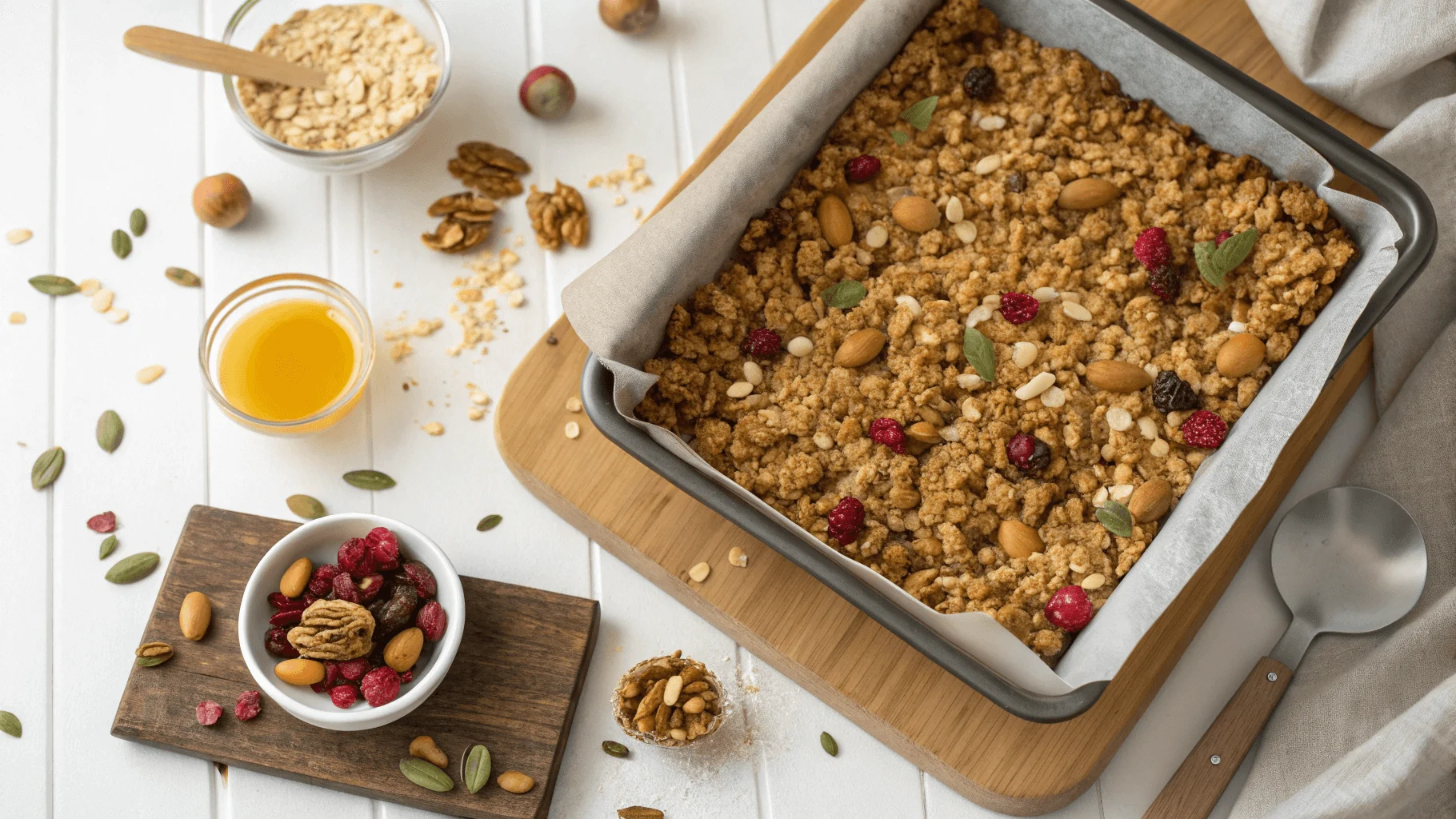Cookies have delighted people for centuries with their unique textures and flavors. Among the most popular varieties, butter cookies and shortbread cookies stand out for their simplicity and versatility. These two types of cookies share similar ingredients, yet they offer distinct experiences. Understanding what is the difference between a butter cookie and shortbread cookie can help you appreciate their uniqueness and choose the perfect cookie for any occasion.
What Defines a Butter Cookie vs. a Shortbread Cookie?
Butter cookies boast a rich, buttery flavor and a slightly crisp texture. Bakers in Scandinavia first developed these cookies, which have since become a staple in festive celebrations. The dough combines butter, sugar, and flour in a higher sugar ratio than shortbread, resulting in a sweeter taste. This composition allows butter cookies to maintain their intricate shapes during baking, making them ideal for piping or rolling. Flavors like vanilla, almond, or citrus zest often enhance butter cookies, adding variety and making them a versatile choice. High sugar content also creates the golden-brown color and delicate crunch that make these cookies irresistible. For inspiration on festive baking, check out our Christmas butter cookies guide.
Butter Cookie and Shortbread Cookie Texture: What’s the Difference?
Shortbread cookies reflect simplicity at its best, using only butter, sugar, and flour in their recipe. Scottish bakers introduced these cookies, and they remain a cherished treat for tea time and special occasions. Shortbread’s lower sugar ratio highlights its buttery richness, while the absence of eggs gives it a melt-in-the-mouth texture. Bakers often shape the dough into rounds, fingers, or wedges, then press a fork pattern onto the surface for a traditional touch. Careful handling during baking preserves the pale color and crumbly texture that define this cookie.
The Flavor of Butter Cookies vs. Shortbread Cookies
To fully explore what is the difference between a butter cookie and shortbread cookie, we must examine their textures, flavors, and baking methods. Butter cookies feel crisp yet tender because of their higher sugar content and the inclusion of eggs. Shortbread, in contrast, crumbles easily due to its high butter-to-flour ratio and minimal mixing. , learn which butter is best for baking cookies.
Butter cookies taste noticeably sweeter, while shortbread focuses on buttery richness. Butter cookies often serve as a canvas for decorative icing or festive shapes, while shortbread offers simple elegance in its traditional forms. These differences make each cookie perfect for specific preferences and occasions.
Cultural Roots of Butter Cookies and Shortbread Cookies
Cultural traditions have shaped the popularity and presentation of both butter cookies and shortbread cookies. Scandinavians, especially in Denmark, value butter cookies as a holiday staple. They often present these cookies in decorative tins, making them ideal for gifting. On the other hand, Scots consider shortbread a traditional treat, often paired with tea or served during Hogmanay celebrations. Danish bakers frequently adorn butter cookies with icing or sprinkles, reflecting festive cheer. Meanwhile, Scottish bakers enrich shortbread with ingredients like caraway seeds or dried fruits to honor local flavors. These traditions highlight the cultural depth of each cookie. For more on cookie traditions, explore the tradition of cookies at Christmas.
Nutritional Comparison: Butter Cookies and Shortbread Cookies
To analyze what is the difference between a butter cookie and shortbread cookie, it helps to consider their nutritional profiles. Butter cookies contain more sugar, which increases their calorie count. They also include eggs, contributing protein but adding calories. Shortbread, with its high butter content, has more fat and fewer calories from sugar. This composition makes shortbread a slightly less sweet option, while butter cookies suit those with a sweeter palate. Your choice might depend on dietary preferences or restrictions, as each cookie offers different benefits and challenges.
Choosing Between Butter Cookies and Shortbread Cookies
Selecting the right cookie depends on taste preferences, the occasion, and dietary considerations. Butter cookies appeal to those who prefer sweetness and a crisp texture. They work well for decorating with icing or festive designs, making them a popular choice during celebrations. Shortbread’s crumbly texture and buttery flavor cater to those who enjoy subtler sweetness. It pairs beautifully with tea or coffee, offering an understated yet indulgent treat. Both cookies adapt easily to different flavors and forms, so bakers can tailor them to suit various preferences.
Tips for Baking the Perfect Butter Cookie and Shortbread Cookie
Baking butter and shortbread cookies successfully requires precision and attention to detail. Start with high-quality unsalted butter to ensure rich flavors. For butter cookies, chill the dough before baking to help the cookies retain their shape. When making shortbread, handle the dough minimally to maintain its tender texture. Accurate measurements play a key role in achieving consistent results. Butter cookies bake best at slightly higher temperatures to enhance their crispness, while shortbread requires lower temperatures to preserve its pale color and delicate crumb.
Understanding the Texture of Butter Cookies vs. Shortbread Cookies
Understanding what is the difference between a butter cookie and shortbread cookie involves exploring the science of their textures. Butter cookies owe their structure to a higher sugar content, which caramelizes during baking to create a crisp texture. Eggs also provide additional structure, allowing the dough to hold intricate shapes. Shortbread achieves its characteristic crumbly texture by relying on a high butter-to-flour ratio and avoiding overmixing. This approach prevents gluten development, which keeps the dough tender and ensures the cookies melt in your mouth.
The Role of Butter in Butter Cookies and Shortbread Cookies
Butter significantly impacts both the flavor and texture of cookies. In butter cookies, it combines with sugar to create sweetness and adds richness to the overall taste. Shortbread, however, relies almost entirely on butter for its flavor and soft, crumbly consistency. The water content in butter influences how much the dough spreads during baking, which affects the final shape and texture of the cookies. Using high-quality butter enhances the taste and ensures a superior result in both recipes.
The History Behind Butter Cookies and Shortbread Cookies
The histories of butter cookies and shortbread cookies offer insights into their enduring popularity. Butter cookies, first developed in Scandinavia, gained global recognition for their festive designs and sweet flavor. Bakers often associated these cookies with holidays, showcasing their decorative potential. Shortbread’s roots trace back to Scotland, where it originated as a luxury treat due to its high butter content. Over time, shortbread evolved into a refined delicacy enjoyed during celebrations like New Year’s Eve. Both cookies have transcended their origins to become beloved worldwide.
Popular Butter Cookie Recipes vs. Classic Shortbread Recipes
Bakers frequently turn to classic butter cookie recipes to showcase the cookies’ versatility. Vanilla butter cookies remain a favorite, while almond or lemon variations offer fresh takes on the original. Chocolate-dipped butter cookies provide a decadent option for special occasions. During holidays, bakers often use butter cookie dough to create festive shapes and decorate them with colorful icing or sprinkles, adding a cheerful touch to celebrations.
Classic Shortbread Cookie Recipes
Traditional shortbread recipes emphasize the simplicity of their ingredients. Scottish shortbread stands out as a classic choice, often enhanced with a pinch of salt to balance the butter’s richness. Variations like almond or chocolate-dipped shortbread add depth and modern appeal. Shortbread also serves as the base for recipes like millionaire’s shortbread, where layers of caramel and chocolate elevate the cookie into a luxurious dessert.
Storing Butter Cookies and Shortbread Cookies for Longevity
Proper storage helps preserve the freshness and texture of both butter and shortbread cookies. Store butter cookies in airtight containers to keep them crisp. Shortbread requires a similar approach but should be kept in a cool, dry place to maintain its crumbly texture. Both cookies freeze well for extended storage, though thawing them at room temperature ensures they retain their original qualities. Storing cookies correctly allows you to enjoy them at their best for longer.
Seasonal Variations and Holiday Traditions
Butter cookies and shortbread cookies adapt beautifully to seasonal themes and holiday traditions. Butter cookies often feature festive shapes, such as stars or snowflakes, and bakers decorate them with vibrant icing or edible glitter. Shortbread, though simpler in appearance, can be cut into holiday shapes like trees or hearts to reflect the occasion. Both cookies bring warmth and joy to celebrations, making them excellent choices for gifting or sharing with loved ones.
Butter Cookie and Shortbread Cookie Pairings with Beverages
Butter cookies pair wonderfully with milk, coffee, or hot chocolate, offering a crisp texture that contrasts nicely with creamy beverages. Shortbread complements tea perfectly, as its buttery flavor harmonizes with the drink’s subtle notes. It also pairs well with wine or champagne, making it a sophisticated choice for more formal occasions. Understanding these pairings enhances the enjoyment of both cookies.
How to Customize Butter Cookies and Shortbread Cookies
Bakers can easily customize butter and shortbread cookies to suit different tastes. Add spices like cinnamon or nutmeg to butter cookies for a festive touch. Shortbread lends itself to additions like nuts, dried fruits, or a drizzle of caramel or chocolate. Creative shapes, flavors, and decorations allow for endless personalization, letting bakers craft cookies that reflect their style and preferences.
Comparing Shelf Life and Longevity
Butter cookies often outlast shortbread due to their higher sugar content, which helps preserve their crispness. Shortbread’s delicate texture requires careful storage to prevent it from becoming too soft or stale. Both cookies benefit from freezing, which extends their shelf life significantly. By choosing proper storage methods, you can enjoy these cookies long after baking them.
FAQs
Q: Can butter cookies and shortbread cookies serve as substitutes in recipes?
A: They rarely work as substitutes because their textures and flavors differ significantly.
Q: Which cookie is healthier: butter cookies or shortbread?
A: Shortbread contains less sugar but more fat, so the choice depends on individual dietary goals.
Conclusion
What is the difference between a butter cookie and shortbread cookie? Butter cookies stand out for their sweetness and crispness, while shortbread offers a rich, crumbly texture with subtle sweetness. Both types of cookies have unique characteristics that make them delightful in their own ways. Whether you prefer decorating butter cookies for the holidays or enjoying the luxurious simplicity of shortbread, both cookies promise to satisfy your taste buds and enhance any occasion.






3 thoughts on “What is the Difference Between a Butter Cookie and Shortbread Cookie?”